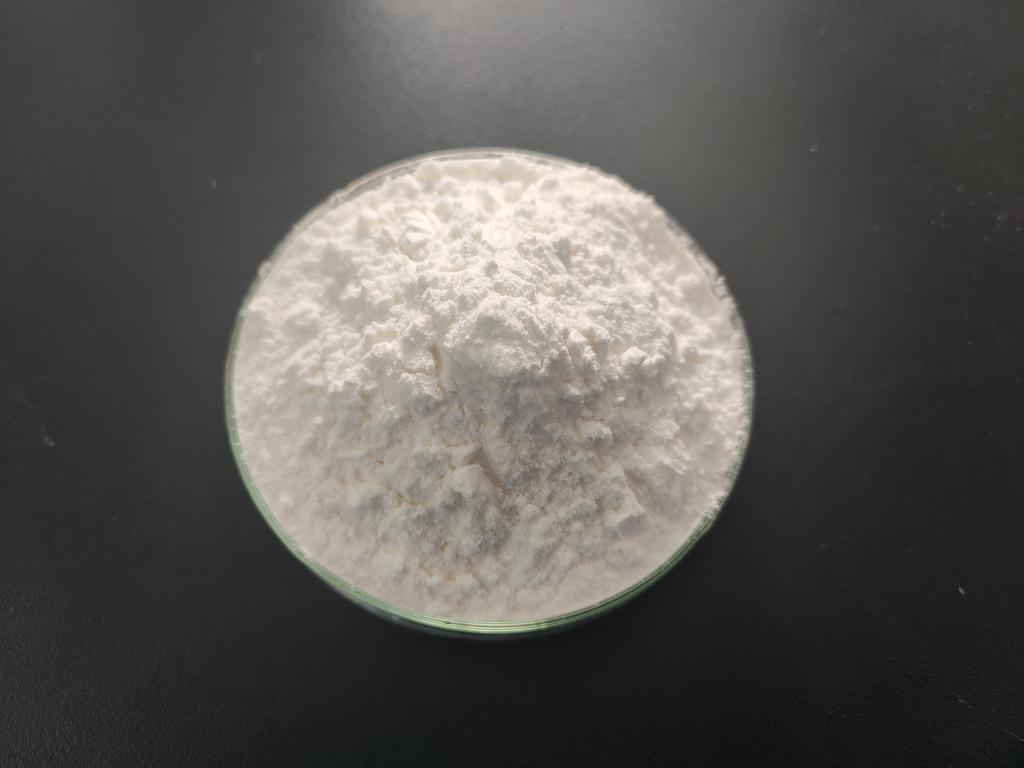Tel:0086 18231198596

News
Investigating the stability of ε-Polylysine hydrochloride in acidic and alkaline environments.
TIME:2024-04-25
Structure and Characteristics of ε-Polylysine Hydrochloride:
ε-PL is a cationic polypeptide composed of lysine residues linked by peptide bonds. It is water-soluble and forms a stable hydrochloride salt in acidic conditions, making it suitable for a wide range of food applications. ε-PL exhibits potent antimicrobial activity against Gram-positive and Gram-negative bacteria, fungi, and yeasts, making it an effective preservative for inhibiting microbial growth and extending the shelf life of food products.
Stability in Acidic Environments:
The stability of ε-PL in acidic environments is influenced by factors such as pH, temperature, and presence of metal ions. Studies have shown that ε-PL remains stable at pH levels below its isoelectric point (pI), which is around pH 9-11. However, at pH levels closer to its pI, ε-PL may undergo hydrolysis and degradation, leading to a loss of antimicrobial activity. Factors such as temperature and the presence of metal ions can accelerate the degradation of ε-PL in acidic conditions.
Stability in Alkaline Environments:
In alkaline environments, ε-PL exhibits greater stability due to its formation of the hydrochloride salt. At pH levels above its pI, ε-PL exists predominantly in its protonated form as ε-polylysine hydrochloride, which enhances its solubility and stability. Studies have demonstrated that ε-PL retains its antimicrobial activity even at alkaline pH levels, making it suitable for applications in alkaline food products such as soy sauce and fermented vegetables.
Factors Influencing Stability:
Several factors can influence the stability of ε-PL in acidic and alkaline environments, including pH, temperature, processing conditions, and interactions with other food components. High temperatures and prolonged storage times can accelerate the degradation of ε-PL, leading to a decrease in antimicrobial activity. Additionally, interactions with metal ions, antioxidants, and other food additives may affect the stability and efficacy of ε-PL in food products.
Applications in Food Preservation:
Despite its susceptibility to degradation in acidic conditions, ε-PL has been successfully used as a preservative in a variety of acidic food products, including fruit juices, soft drinks, and salad dressings. Its stability in alkaline environments makes it particularly suitable for use in alkaline food products such as soy sauce, fermented vegetables, and seafood products. The antimicrobial properties of ε-PL contribute to the inhibition of microbial growth and the extension of shelf life in these food products.
Conclusion:
In conclusion, the stability of ε-Polylysine hydrochloride in acidic and alkaline environments is influenced by factors such as pH, temperature, and interactions with other food components. While ε-PL may undergo degradation at pH levels close to its pI, it remains stable and effective in alkaline environments as ε-polylysine hydrochloride. Understanding the stability of ε-PL is crucial for its successful application as a preservative in a wide range of food products, contributing to food safety and quality. Further research into the factors influencing ε-PL stability and optimization of its use in food preservation will continue to enhance its efficacy and versatility in the food industry.

 CONTACT
CONTACT




